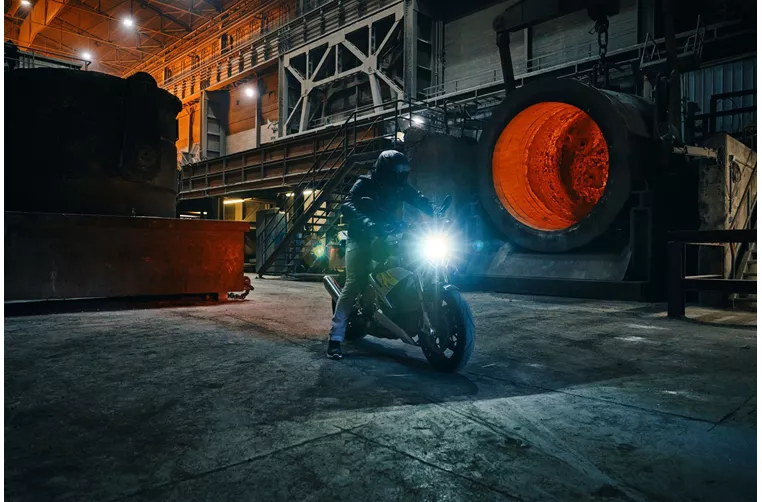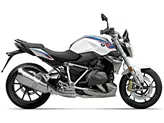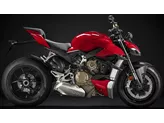Kawasaki Z900 2019 vs. BMW S 1000 R 2021

Kawasaki Z900 2019
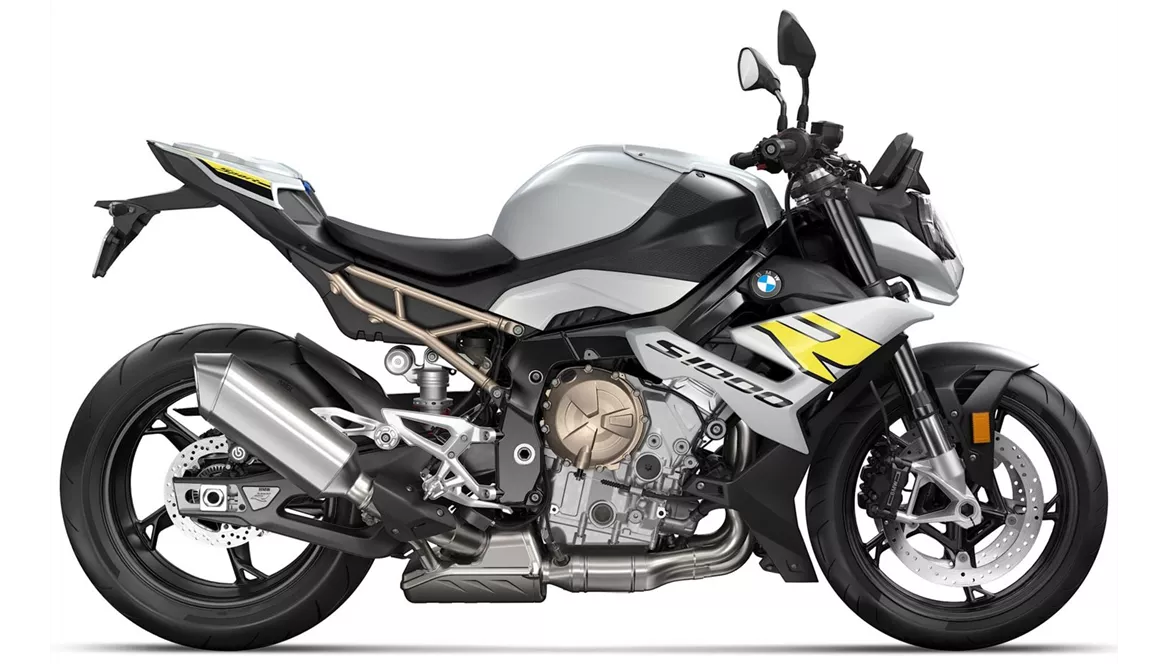
BMW S 1000 R 2021
Overview - Kawasaki Z900 2019 vs BMW S 1000 R 2021
The Kawasaki Z900 2019 and the BMW S 1000 R 2021 are both naked bikes with similar engine configurations, but they have some notable differences in terms of power, features, and overall performance.
In terms of engine power, the BMW S 1000 R 2021 takes the lead with 165 HP compared to the Kawasaki Z900 2019's 125.4 HP. This significant difference in power translates to a more exhilarating and dynamic riding experience on the BMW. Additionally, the BMW also offers higher torque at 114 Nm compared to the Kawasaki's 98.6 Nm, providing better acceleration and responsiveness.
Both bikes feature an in-line, liquid-cooled engine with fuel injection systems, ensuring efficient and smooth performance. They also have four cylinders, which contribute to their power delivery and overall performance.
When it comes to suspension, both bikes feature upside-down telescopic forks at the front and swing arm suspension with a monoshock at the rear. However, the BMW S 1000 R 2021 offers more adjustability with compression, preload, and rebound adjustments for both the front and rear suspension. This allows riders to fine-tune the bike's suspension to their preferences and riding style, providing a more personalized and comfortable riding experience.

Kawasaki Z900 2019
In terms of chassis, the Kawasaki Z900 2019 features a steel frame with a double cradle design, while the BMW S 1000 R 2021 boasts an aluminum frame with a twin tube design. The aluminum frame on the BMW offers better rigidity and lighter weight, contributing to improved handling and maneuverability.
Both bikes come equipped with double disc brakes at the front, but the BMW S 1000 R 2021 has larger diameter discs at 320 mm compared to the Kawasaki's 300 mm. The BMW also features radial brake technology, which provides better braking performance and control.
In terms of rider assistance systems, the BMW S 1000 R 2021 offers a more comprehensive range of features. It includes ABS, hill start assist, riding modes, cornering ABS, ride by wire, traction control, and anti-wheelie. These advanced systems enhance safety and provide additional control and customization options for the rider.
In terms of dimensions and weights, both bikes have similar front tire widths and diameters. However, the BMW S 1000 R 2021 has a wider rear tire at 190 mm compared to the Kawasaki's 180 mm. The seat height on the BMW is also slightly higher at 830 mm compared to the Kawasaki's 795 mm. Despite the higher performance, the BMW S 1000 R 2021 manages to be lighter with a kerb weight of 199 kg compared to the Kawasaki's 210 kg.
In terms of strengths, the Kawasaki Z900 2019 is praised for its light and natural handling, high stability, silky engine with strong mid-range power, high chassis transparency, and comfortable sitting position. It is also considered to have a fair price compared to its competitors.
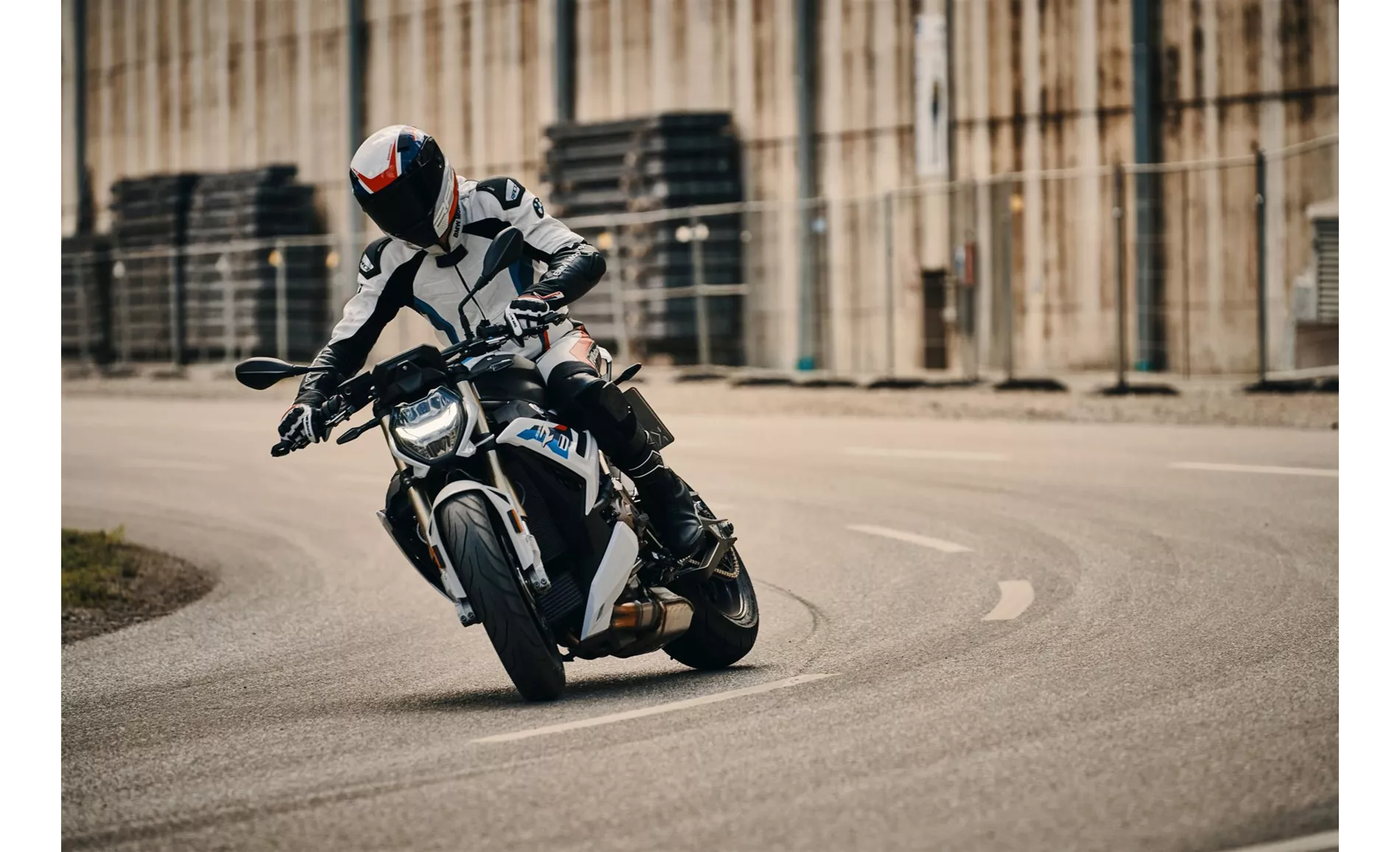
BMW S 1000 R 2021
On the other hand, the BMW S 1000 R 2021 is commended for its powerful engine, good brakes, comfortable ergonomics, and high-performance optional extras. It is considered a great all-rounder bike that offers a balance between performance and comfort.
In terms of weaknesses, the Kawasaki Z900 2019 is criticized for its low-mounted TFT display, cumbersome menu operation, and rearview mirrors with limited visibility.
The BMW S 1000 R 2021, on the other hand, is noted to have a quickshifter that is not perfect and a slightly intrusive sound. Some riders also report vibrations in the handlebars.
In conclusion, the BMW S 1000 R 2021 offers a more powerful engine, advanced rider assistance systems, and a range of optional extras, making it a high-performance naked bike with excellent all-round capabilities. The Kawasaki Z900 2019, on the other hand, provides a more affordable option with good handling, a smooth engine, and a comfortable riding position. Ultimately, the choice between the two will depend on the rider's priorities and budget.
Technical Specifications Kawasaki Z900 2019 compared to BMW S 1000 R 2021
Pros and Cons in comparison
Pros and Cons in comparison
Kawasaki Z900 2019

Fortunately, the new Kawasaki Z900 has lost none of its character through the use of electronics. It is and remains a playful mid-range naked bike, which at the same time masters the brisk pace on the country road magnificently. The riding pleasure and suitability for everyday use are high, the now installed riding aids offer a plus in safety. Your opponents will have a really hard time from now on.
BMW S 1000 R 2021
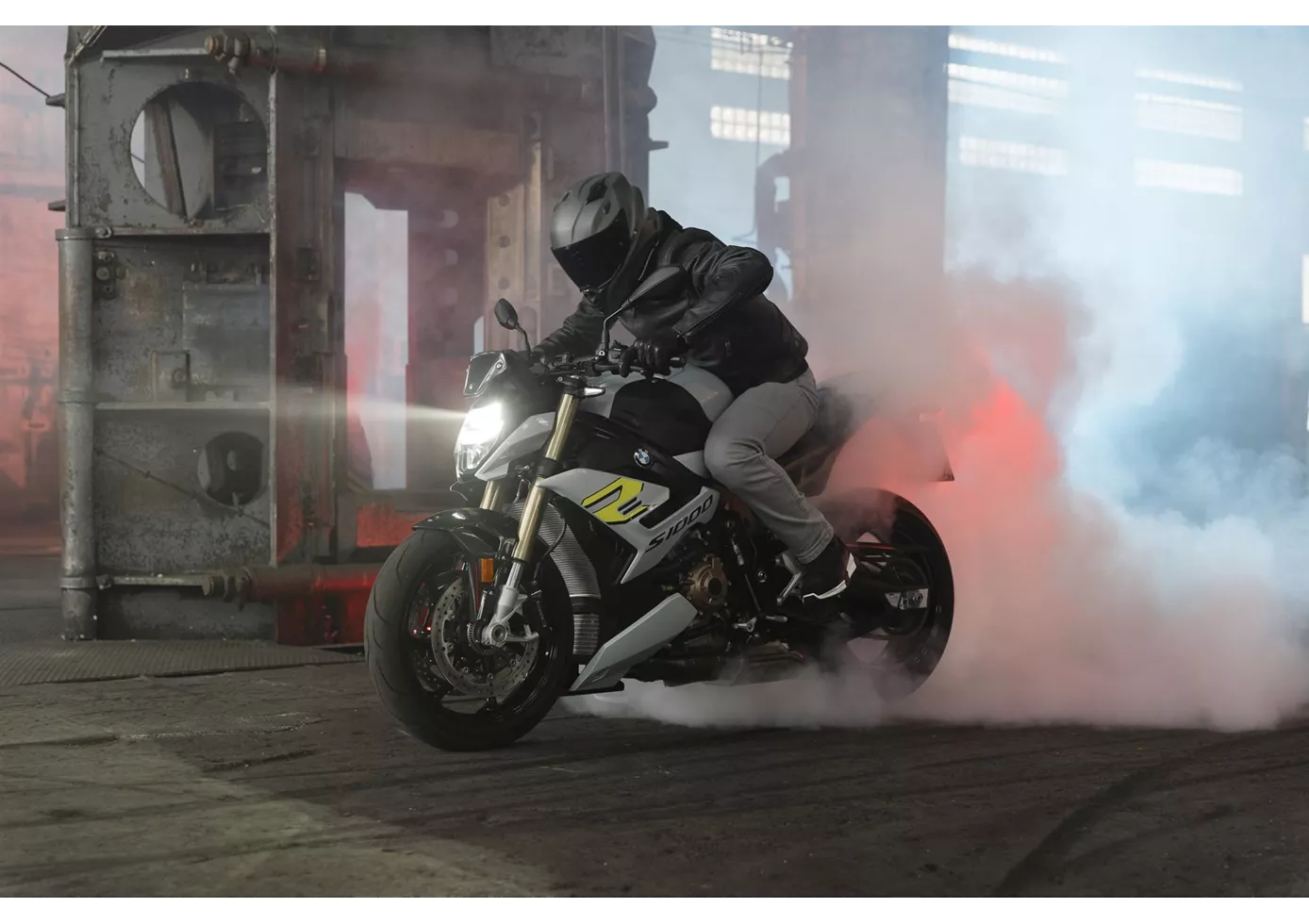
It's really impressive how BMW always manages to make good motorbikes even better. The sporty S 1000 R with M package and carbon rims looks a bit threatening at first. But even in 2021, the S 1000 R serves up high-tech and performance in a grandiose, usable dosage. The machine rides precisely, handles well but is not tippy. The engine fires out of the corners, but does not overtax. A damn fast motorbike!
Price Comparison Avarage Market Price Kawasaki Z900 vs BMW S 1000 R
There are a few key differences between a Kawasaki Z900 2019 and a BMW S 1000 R 2021. In terms of price, the actual average price of a BMW S 1000 R 2021 is about 78% higher. Compared to BMW S 1000 R 2021 there are more Kawasaki Z900 2019 bikes available on the 1000PS.de Marketplace, specifically 40 compared to 15. It takes less time to sell a BMW S 1000 R with 67 days compared to 116 days for the Kawasaki Z900. Since model year 2017 1000PS.de editors have written 46 reviews for the Kawasaki Z900 and 62 reviews for the BMW S 1000 R since model year 2014. The first review for the Kawasaki Z900 was published on 11/11/2016 and now has more than 93,200 views. This compares to more than 17,300 views for the first review on BMW S 1000 R published on 11/3/2013.

